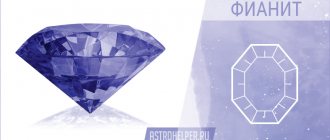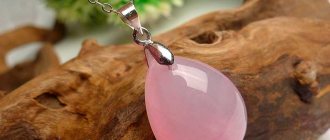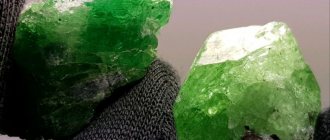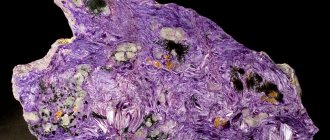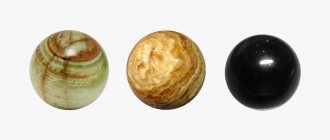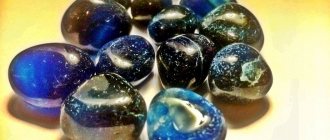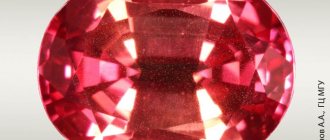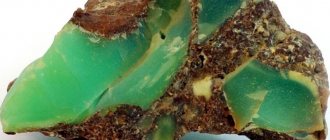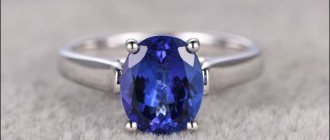What do you think about when you hear the phrase “Siberian crown”? Most likely about beer. And it would be worth talking about a unique gem, mined exclusively in the Lena River basin, fantastically beautiful, with the name charoite corresponding to this incredible beauty.
Yes, yes, the charoite stone is so rare that it is mined exclusively in one place - our native Siberia. The age of the rocks containing the mineral of lilac and violet shades is estimated at about 135 million years, and charoite was first discovered quite recently, just about 70 years ago.
History began with uranium
It all started with the search for uranium in 1949. The geological expedition led by V. Ditmar conscientiously described all the rocks and minerals found. But! They looked for uranium and paid attention to all the rocks and minerals associated with uranium. And the purple pebbles were identified as lilac cummingtonite; it did not attract much attention.
Ten years later, another expedition worked in the same area. It was led by Yu. Rogov. His wife, V. Rogova, also worked on the expedition. Here's what she says:
“Not far from the place where our party conducted research, Leningrad geologists led by Vladimir Ditmar worked after the war. My husband went to ask if the houses of the Leningraders had survived. Near one of the dilapidated huts, he noticed a block of an unfamiliar stone and brought me several pieces for analysis.”
It was not only in the field that the stone could not be identified. For a long time, scientists tried to classify the mineral. Which is no wonder, given the complex composition of the mineral.
Polished charoite ore in the Museum of Geology SB RAS
Charoit, charait and nimble Yankee
Purple stones were found on the banks of the Chara River. Therefore - charoite . The name is not only “geographical”, but also gives an idea of its properties. The enchanting beauty of the stone - here it is, enchanting.
Expert opinion
Semenishcheva Polina
Specialist in mineralogy. Graduated from St. Petersburg Mining University.
Interesting : V. Rogova, when she submitted an application to the Commission on New Minerals, called the stone “ charaite ”. The commission did not accept the name (too similar to the already registered Cheralite). And the application was rejected. About the cunning American - a little lower.
Magic and enchantment of the gem
The magical properties of charoite are similar to the properties of purple gems. These are stones of philosophers, well suited for meditation. The gem is useful for people who are intemperate in words and thoughts. Charoite, according to esotericists, protects the owner from “energy pollution” and helps maintain prudence in difficult life situations.
The cool energy of charoite, which has absorbed the coldness of Chara’s streams, repeating the bizarre twists of the river, calms a person’s mind and emotions. It is useful to relax once a day and contemplate the charoite talisman for 20-25 minutes. Esotericists are sure that the color of the stone helps to “sort out” thoughts and harmonize your energy.
Earrings with charoite
The magic of charoite stone is family magic. Buy an amulet (figurine, box) made of a wonderful stone, and it will protect your family fortress from all storms and adversities. If not everything is going smoothly in the family, the amulet will try to “bring to a common denominator” the married couple and will help them solve the problems that have arisen without scandals.
Check it out: they say that when gypsies are forced on the street, you should take a charoite amulet in your hand. Then there is no danger of the hypnotic influence of the inscrutable children of India.
Origin
The rocks at the sites where the mineral was found date back to the Middle Jurassic to Early Cretaceous periods. Rock with charoites is sometimes called charoitite .
In general, the origin of charoite is still controversial among experts. It seems that charoites are formed “as a result of metasomatic replacement of host strata.”
Or maybe they are of magmatic origin. There is a connection with carbonatite alkaline melts... It’s not for us, geologists, to puzzle over this

